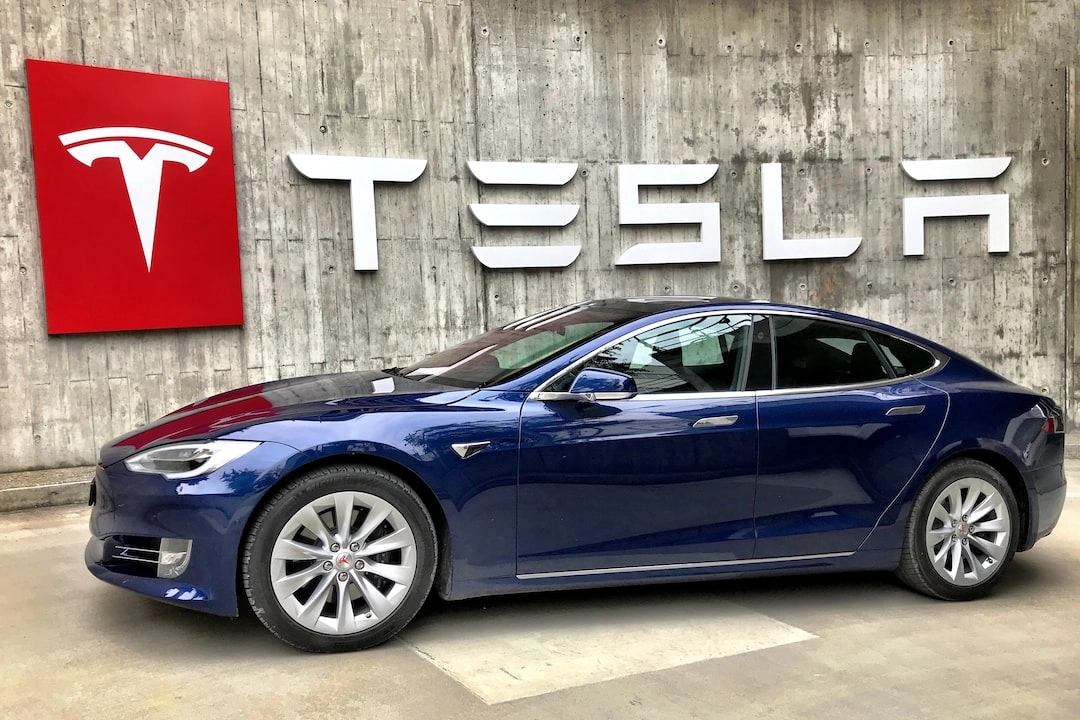
What it is:
Self-driving vehicles, also known as autonomous vehicles, are an emerging technology in the transportation industry. These vehicles have the ability to navigate and operate on their own without human intervention. Sustainable strategies in self-driving vehicle development aim to address the environmental impacts associated with this technology and pave the way towards a greener and more sustainable future.
Real-World Problems:
Traffic Congestion and Emissions:
One of the key challenges in self-driving vehicle development is tackling the issue of traffic congestion and related emissions. In many cities, traffic congestion is a major problem, leading to increased fuel consumption, air pollution, and greenhouse gas emissions. Self-driving vehicles have the potential to optimize traffic flow and reduce congestion by utilizing advanced algorithms and connected technology. By streamlining traffic movements and implementing efficient routing strategies, self-driving vehicles can help minimize congestion and lower emissions, contributing to a greener future.
Energy Consumption:
Another important aspect of sustainable self-driving vehicle development is addressing the energy consumption of these vehicles. Self-driving vehicles rely on various sensors, computers, and advanced technologies, which consume significant amounts of energy. Developing energy-efficient systems and utilizing renewable energy sources can help minimize the environmental impact of self-driving vehicles. By optimizing the energy efficiency of these vehicles, we can reduce the overall carbon footprint and move towards a more sustainable transportation system.
Data Security and Privacy:
The integration of self-driving vehicles with advanced technologies, including data-driven algorithms and artificial intelligence, raises concerns over data security and privacy. The collection and use of vast amounts of data to enable autonomous driving capabilities must be done in a way that maintains privacy and secures sensitive information. Developing robust cybersecurity measures and adhering to strict data protection protocols are essential to ensure the sustainable development of self-driving vehicle technology.
Infrastructure Adaptation:
The deployment of self-driving vehicles requires substantial infrastructure adaptations to support their safe and efficient operation. This includes the installation of advanced sensors, communication systems, and dedicated lanes or road markings. Retrofitting existing infrastructure and building new infrastructure can be both costly and time-consuming. Finding sustainable strategies to adapt infrastructure for self-driving vehicles is crucial to ensure a seamless transition to this technology while minimizing the environmental impact of construction and resource consumption.
Ethical Considerations:
Self-driving vehicles raise important ethical considerations, particularly in situations where the vehicle encounters potential accidents or obstacles. Determining how self-driving vehicles should react in these scenarios raises questions about liability, decision-making algorithms, and the prioritization of human safety versus property damage. Developing ethical frameworks and guidelines for self-driving vehicles is essential to address these real-world concerns and ensure the safe and sustainable deployment of this technology.

Potential Solutions:
Smart Traffic Management Systems:
Implementing smart traffic management systems can help alleviate congestion and reduce emissions. By utilizing real-time data, self-driving vehicles can communicate with each other and with traffic control systems to optimize traffic flow. Intelligent routing algorithms can also be employed to identify the most efficient routes, minimizing travel time and fuel consumption.
Energy-Efficient Designs:
Developing energy-efficient designs for self-driving vehicles is crucial to minimize their environmental impact. This can include using lightweight materials to reduce energy consumption, integrating regenerative braking systems to recover and store energy, and utilizing advanced power management systems to optimize energy usage.
Data Security and Privacy Measures:
Ensuring robust data security and privacy measures are in place is essential for sustainable self-driving vehicle development. This can involve implementing encryption protocols, utilizing secure communication channels, and obtaining user consent for data collection and usage. Open and transparent policies regarding data handling can help build trust and safeguard privacy.
Sustainable Infrastructure Planning:
Incorporating sustainability into infrastructure planning is necessary to accommodate self-driving vehicles. This can include designing road networks that prioritize efficient traffic flow, integrating charging infrastructure for electric self-driving vehicles, and using sustainable construction materials to minimize environmental impacts.
Ethical Guidelines:
Developing clear ethical guidelines for self-driving vehicles is essential to address potential dilemmas and ensure responsible and safe decision-making. This involves defining algorithms that prioritize human safety while considering ethical considerations, promoting transparency in how autonomous systems function, and establishing liability frameworks that hold the appropriate parties accountable in the event of accidents.















